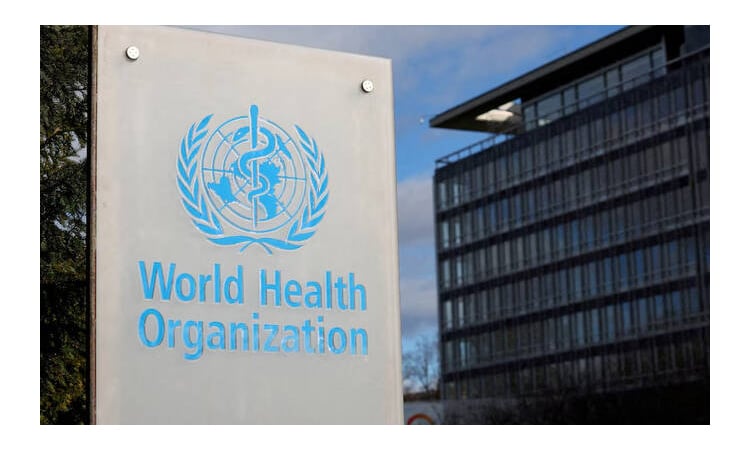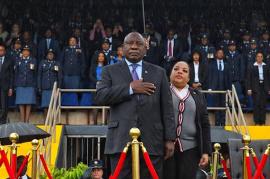
GENEVA, April 7 (NNN-AGENCIES) — Maternal mortality rates have dropped dramatically in the past quarter of a century, but the UN on Monday warned that progress had stalled, risking major backsliding amid unprecedented global aid cuts.
In a fresh report, the World Health Organization said that global maternal deaths had dropped 40 percent since the turn of the century.
But it warned that the progress had largely stagnated since 2016.
“The pace of progress has slowed to a near standstill, (and) in some regions, we are already sliding backwards,” Pascale Allotey, head of WHO’s sexual reproductive health and research department, told reporters.
Stressing that “most maternal deaths are preventable”, she warned that “in this context of fragility, complacency is not just dangerous, it is deadly”.
In 2023 — the last year for which there is data — an estimated 260,000 maternal deaths were reported, or around one every two minutes, the United Nations health agency said.
“While this report shows glimmers of hope, the data also highlights how dangerous pregnancy still is in much of the world today,” WHO chief Tedros Adhanom Ghebreyesus said in a statement.
“In addition to ensuring access to quality maternity care, it will be critical to strengthen the underlying health and reproductive rights of women and girls,” he insisted.
While progress in the battle against maternal mortality began to slow nearly a decade ago, UN agencies voiced concern that the situation could dramatically worsen amid global aid cuts.
Humanitarian organisations worldwide have been reeling since US President Donald Trump returned to office in January, immediately freezing most US foreign aid funding.
When it comes to battling maternal mortality, “we’re going to face increasing headwinds”, warned Bruce Aylward, WHO’s assistant director-general in charge of universal health coverage.
The funding cuts, he told reporters, constituted “an acute shock, and countries have not had time to put in place and plan for what other financing they’re going to use… to try and make sure the most essential services can continue”.
Monday’s statement highlighted how funding cuts had already “led to facility closures and loss of health workers”, and were disrupting supply chains for lifesaving supplies and medicines such as treatments for haemorrhage, pre-eclampsia and malaria — all leading causes of maternal deaths”.
The Covid-19 pandemic provides a frightening example of the terrible damage disruptions to health services can cause, experts said.
“There were around 40,000 additional maternal deaths in the year 2021, specifically 322,000 up from 282,000 the previous year,” said Jenny Cresswell, a researcher and the lead author of the WHO report.
“This upsurge was linked not only to direct implications caused by Covid-19, but also due to widespread disruptions to maternity care,” she told reporters.
“This shows how critical it is to ensure that maternity services are protected during any emergency.”
The WHO report also highlighted persistent inequalities between regions and countries when it comes to battling maternal mortality.
While sub-Saharan Africa had achieved significant gains since 2000, including in the past decade, it continued to account for around 70 percent of global maternal deaths.
Indicating slowing progress, the WHO said a number of other regions, meanwhile, saw their maternal mortality stagnate after 2015, including northern Africa, much of Asia, Europe and North America.
The United States was “one of the countries where we are seeing increasing trends”, Cresswell said, stressing though that in global terms the rates there were “very low”.
She said it was too early to say what impact the 2022 lifting of the federal protection of the right to an abortion in the United States might have on maternal mortality rates. — NNN-AGENCIES




